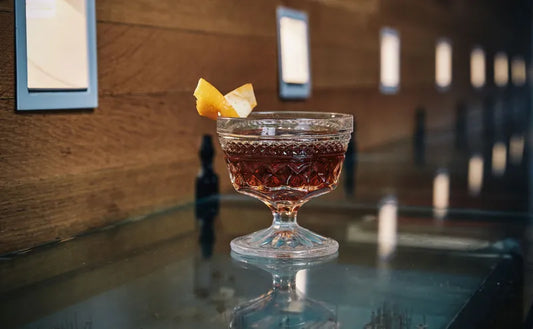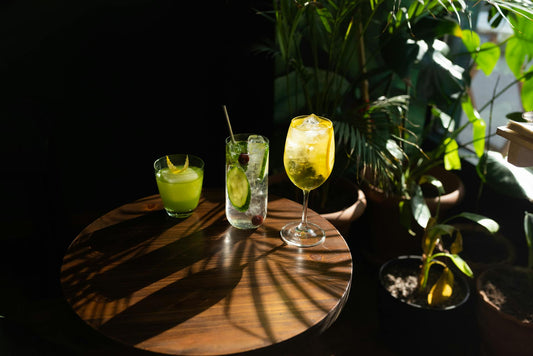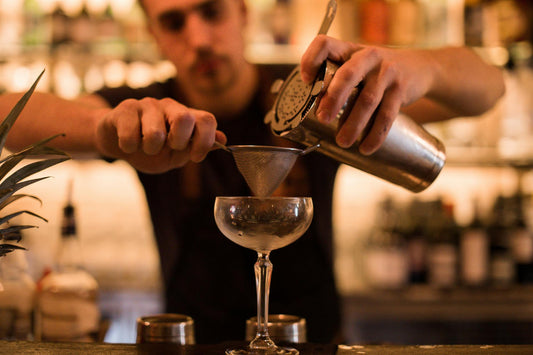Pussyfoot Cocktail: A Refreshing Non-Alcoholic Delight
SWEET to SOUR
(1-10)
STRENGTH
(1-10)
CALORIES
STANDARD
DRINKS
Note: these values are approximate and may vary dependent on the ingredients and brands you use.
More information...
The Pussyfoot cocktail is a delightful concoction that embodies the essence of refreshing flavors and a playful spirit. This drink, often associated with the Prohibition era, is a non-alcoholic option that has gained popularity for its vibrant taste and unique presentation. The name itself evokes a sense of whimsy, suggesting a light-hearted approach to mixology that appeals to both cocktail enthusiasts and those seeking a flavorful beverage without the effects of alcohol.
At the heart of the Pussyfoot are its fresh ingredients, which include seven mint leaves, freshly squeezed orange juice, lemon juice, lime juice, grenadine or pomegranate syrup, and a single egg yolk. The use of fresh mint not only adds a fragrant aroma but also a cooling sensation that complements the citrusy notes of the orange, lemon, and lime juices. The combination of these juices creates a bright and zesty base that is both invigorating and refreshing, making it an ideal choice for warm weather or as a palate cleanser.
The addition of grenadine or pomegranate syrup introduces a subtle sweetness and a beautiful blush color to the drink, enhancing its visual appeal. This vibrant hue, combined with the garnish of an orange slice, makes the Pussyfoot a feast for the eyes as well as the palate. The egg yolk, while unconventional in many cocktails, adds a rich, creamy texture that rounds out the drink, giving it a luxurious mouthfeel that is often unexpected in a non-alcoholic beverage.
The preparation of the Pussyfoot is a ritual in itself. It begins with selecting and pre-chilling a Collins glass, which sets the stage for this elegant drink. The ingredients are then shaken with ice, allowing the flavors to meld together while chilling the mixture. After straining the mixture back into the shaker, a dry shake is performed—this technique, shaking without ice, helps to emulsify the egg yolk, creating a frothy texture that enhances the drink's overall experience. Finally, the mixture is fine strained into the ice-filled glass, ensuring a smooth pour that is free of any mint leaves or pulp.
With an alcohol content of 0% and approximately 200 calories, the Pussyfoot is a guilt-free indulgence that can be enjoyed by anyone, regardless of their preference for alcoholic beverages. This makes it a versatile choice for gatherings, parties, or simply a refreshing treat at home. The drink's taste profile ranges from sweet to slightly sour, striking a perfect balance that appeals to a wide audience.
In a world where cocktails often lean heavily on spirits, the Pussyfoot stands out as a testament to the creativity and innovation that can be achieved with non-alcoholic ingredients. It invites drinkers to explore the rich flavors of fresh fruits and herbs, proving that one does not need alcohol to enjoy a sophisticated and delicious cocktail experience. Whether you are a designated driver, abstaining from alcohol, or simply in the mood for something light and refreshing, the Pussyfoot is a charming choice that promises to delight the senses.



